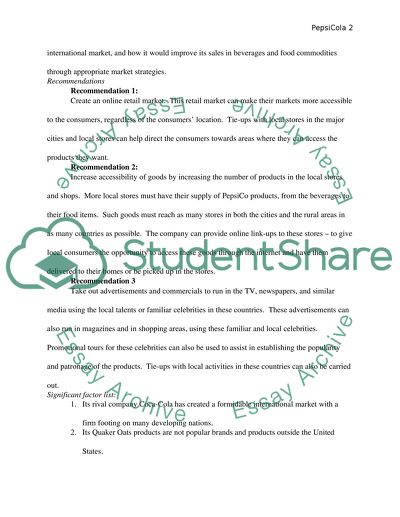Cite this document
(“Case analysis on PepsiCo's Diversification Strategy in 2008 Essay”, n.d.)
Retrieved from https://studentshare.org/environmental-studies/1410283-case-analysis-on-pepsicoyies-diversification
Retrieved from https://studentshare.org/environmental-studies/1410283-case-analysis-on-pepsicoyies-diversification
(Case Analysis on PepsiCo'S Diversification Strategy in 2008 Essay)
https://studentshare.org/environmental-studies/1410283-case-analysis-on-pepsicoyies-diversification.
https://studentshare.org/environmental-studies/1410283-case-analysis-on-pepsicoyies-diversification.
“Case Analysis on PepsiCo'S Diversification Strategy in 2008 Essay”, n.d. https://studentshare.org/environmental-studies/1410283-case-analysis-on-pepsicoyies-diversification.


